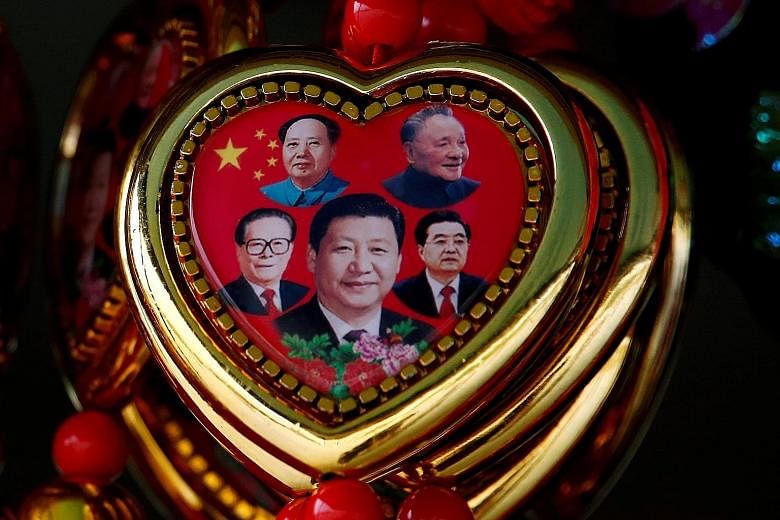The US intelligence report also analysed future trends in East and South-east Asia. Here are some of the points that the report highlighted about the region.
TERRITORIAL AND MARITIME DISPUTES
Unlikely to be resolved in the next five years and will instead keep tension simmering, prompting requests for US assistance, and complicating the maturation of regional institutions and coping mechanisms, such as Asean.
CHINA
Beijing may judge that it has a closing "window of strategic opportunity" to secure greater influence in the region before stronger pushback against its rise develops. This pushback could take the form of increased US strategic attention to the region, the evolution of Japan's defence policy, Taiwan's new leadership and growing sense of a separate identity, North Korea's nuclear programme, and China's own mounting economic challenges.
JAPAN
Increasingly self-reliant Japan will take on more international engagement - potentially increasing its involvement in regional and global security affairs and becoming a stronger partner of the United States - initially by building on its robust economic relations, especially in South-east Asia.
INDIA
India is likely to insert itself further into East and South-east Asian economic and security matters, especially if its relationship with Japan continues to strengthen. China's ambitions and disregard for India's interests fuel New Delhi's inclination - along with Japan and the United States - to balance and hedge.
SOUTH-EAST ASIA
Shifts in racial and religious policies in democratic, majority-Malay Muslim Malaysia could have implications for the region's democratisation and social stability trends, and could help boost global counter-radicalisation efforts. Malaysia and Indonesia, like other Muslim states, face the influence of increasingly intolerant Salafist Islam on traditional Sufi Islamic practices, fuelling tension in their multiethnic and multi-religious societies. Thailand and the Philippines are struggling with governance issues, resulting in emerging preferences for strongman rule.
SOURCE: GLOBAL TRENDS: PARADOX OF PROGRESS


